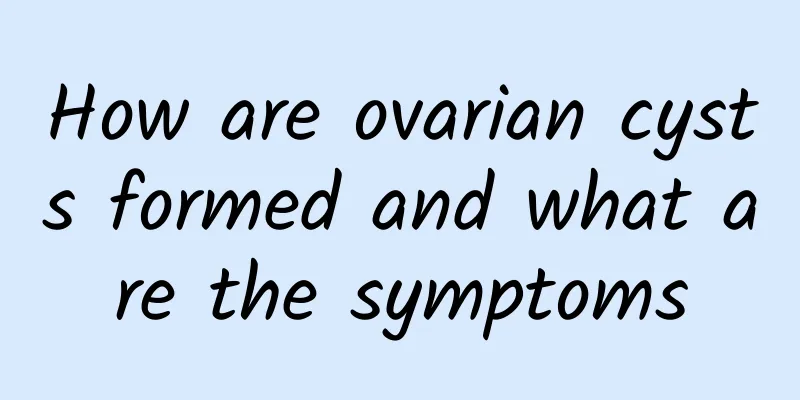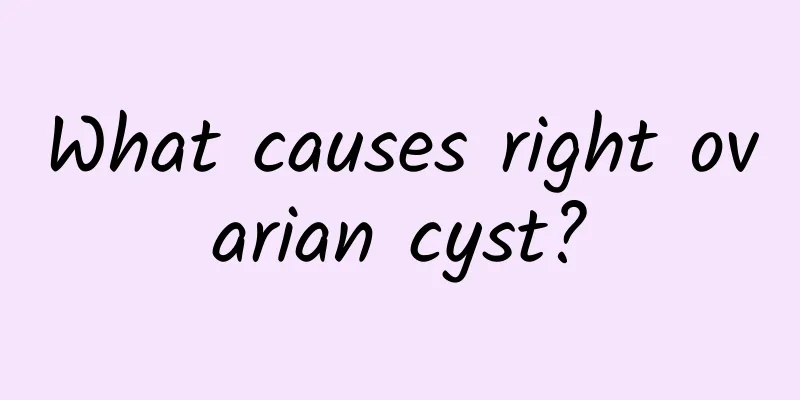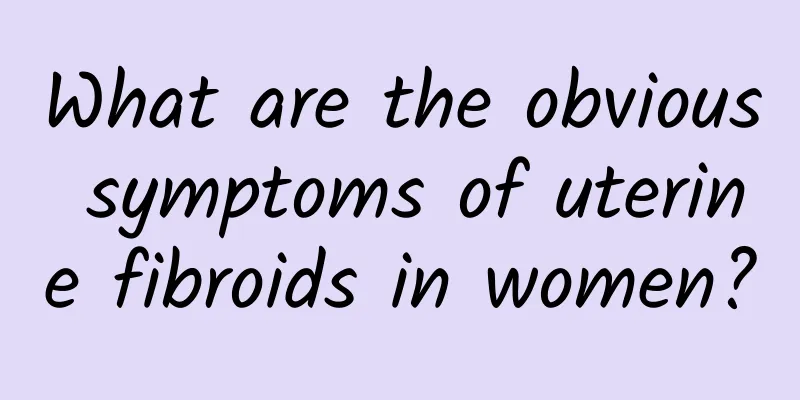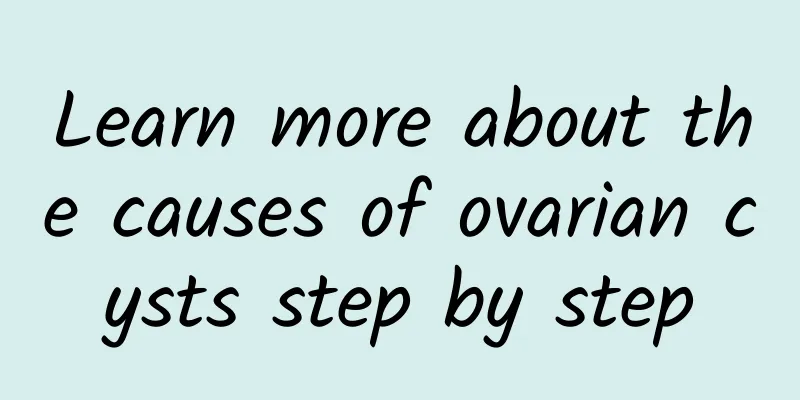How are ovarian cysts formed and what are the symptoms

|
How do ovarian cysts form and what are the symptoms? 1. Ovarian tumor: It is one of the common gynecological diseases. Its types are often ranked first among all organ tumors in the body. The incidence of gynecological diseases is 1.3-23.9%, of which malignant tumors account for about 10%. Ovarian tumors can occur at any age, mostly in the reproductive age. Benign ovarian tumors often occur in 20-44 years old, while malignant ovarian tumors often occur in 40-50 years old. Adolescents or young children can also suffer from ovarian tumors, which are often malignant, and are mostly malignant in the late menopause. 2. Since ovarian tumors are located in the pelvic cavity, they are asymptomatic in the early stage, and malignant tumors spread rapidly, so patients seek medical treatment late. According to domestic and foreign reports, the five-year survival rate of ovarian cancer is only about 30%, and the mortality rate ranks first among gynecological malignant tumors. 3. The cause of ovarian tumors is still unclear. Among the pathogenic factors of ovarian cancer, environmental and endocrine effects are the most important. According to the current situation, the cause of ovarian cancer is multifactorial, including genetics, environment, hormones and viruses. 4. Common pathological features of ovarian tumors: Ovarian cysts often induce ovarian tumors. Although the ovary is small in size, it is the best organ for tumor development; the type of tumor is also the first among the organs in the body. Ovarian cysts are common gynecological diseases. It can occur at any age, but is more common in women of childbearing age. Because the ovaries are located in the pelvic cavity, they cannot be directly observed, and there are no symptoms in the early stage. There is a lack of good early diagnosis and differentiation methods. Once a malignant tumor is found, it is often a late lesion. So far, the 5-year survival rate of ovarian cancer is still only 25%-30%, making it the most threatening disease among gynecological tumors. |
<<: How to treat uterine fibroids
>>: Can I have a baby if I have a right ovarian cyst? What are the symptoms of an ovarian cyst?
Recommend
If my period isn’t over yet, does that mean I’m sick?
If your normal menstrual cycle changes, the amoun...
Several common examination methods for acute cervicitis
For female patients, the examination of acute cer...
Dietary considerations for patients with cervical erosion
Cervical erosion is not a separate disease, but a...
Diet therapy for postmenopausal endometrial thickening
What is the dietary therapy for postmenopausal en...
Help everyone understand the common treatment methods for irregular menstruation
Don't panic after suffering from irregular me...
What are the symptoms of tumorous ovarian cysts?
Ovarian cysts are a type of tumor in a broad sens...
Lower abdominal mass is often the main symptom of patients with uterine fibroids
Most patients with uterine fibroids do not have o...
What medicine should I take for mild anemia caused by uterine fibroids? What should I do for mild anemia caused by uterine fibroids?
What medicine should I take for mild anemia cause...
What does pelvic effusion with strong echo mean?
Pelvic effusion with strong echoes is usually cau...
What to do if secondary amenorrhea is not treated
If secondary amenorrhea is not treated, it may le...
Will ovarian cysts recur after ovarian removal?
Will ovarian cysts recur after ovarian removal? O...
Pathological manifestations and staging of hyperplastic vulvar leukoplakia
According to the differences in the pathological ...
3 dietary treatments for recuperating after abortion
After an abortion, the patient's physical con...
Banana vinegar is a popular way to lose weight in Japan and South Korea, but it is very costly
Obesity is the public enemy. Recently, the "...
What is uterine curettage?
Curettage is a common gynecological operation for...









